Editor’s Note: Where present, the chef’s tribal affiliation is noted in parentheses.
Without measuring any ingredients, Southwestern Pueblo chef Norma Naranjo scoops handfuls of flour, baking powder, salt and shortening into a stainless steel bowl.
Naranjo dribbles in tepid water as she kneads the simple ingredients into dough. When it becomes pillowy, she gathers a bit in her fist, pinching small rounds between her thumb and forefinger.
Soon she’ll roll the dough flat in a kitchen north of Santa Fe, New Mexico, dimple it once with her thumb and lay it into hot oil for 30 seconds until it poofs into fry bread.
Fry bread has become the most recognizable Native American food in the United States, synonymous with feast days, powwows and fairs.
Naranjo (a member of Ohkay Owingeh Pueblo) has mixed it countless times including at her Ohkay Owingeh Pueblo, New Mexico–based business, The Feasting Place, where she teaches Pueblo cooking classes.
It’s not just fry bread
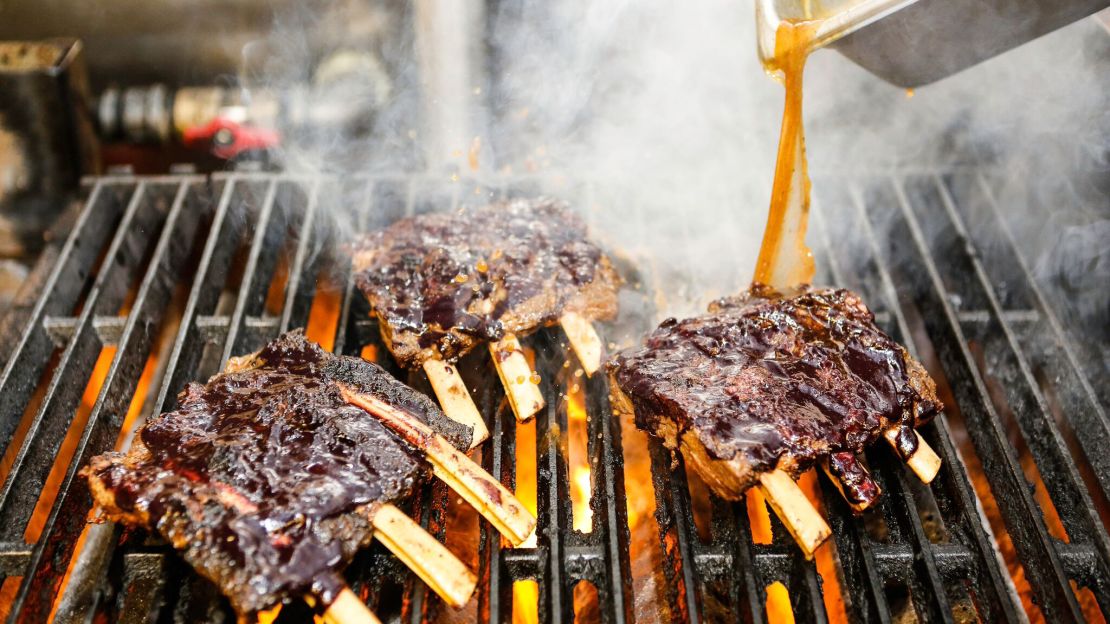
But Native American cuisine doesn’t start or end with fry bread. Navajo tribal members created fry bread with government-issued rations while held captive at Bosque Redondo at Fort Sumner in New Mexico from 1864 to 1868, and it has since spread across the country.
Native cuisine encompasses the foods of 566 recognized US tribes – all based on their intimate knowledge of nourishment grown and hunted where they lived.
The cuisine has four phases, including precontact and first contact in the 1500s. It evolved during the government-issue period during the 1800s, then further changed in the fourth and latest phase of new Native American cuisine, according to chef Lois Ellen Frank (Kiowa Nation heritage), whose catering company, Red Mesa Cuisine, prepares dishes all these generations have inspired.
Driven by the growing number of Native American chefs and their social media followings, Native American cuisine is having a revival. It may be the country’s first truly American cuisine, but in many ways, it’s also its newest.
The new wave
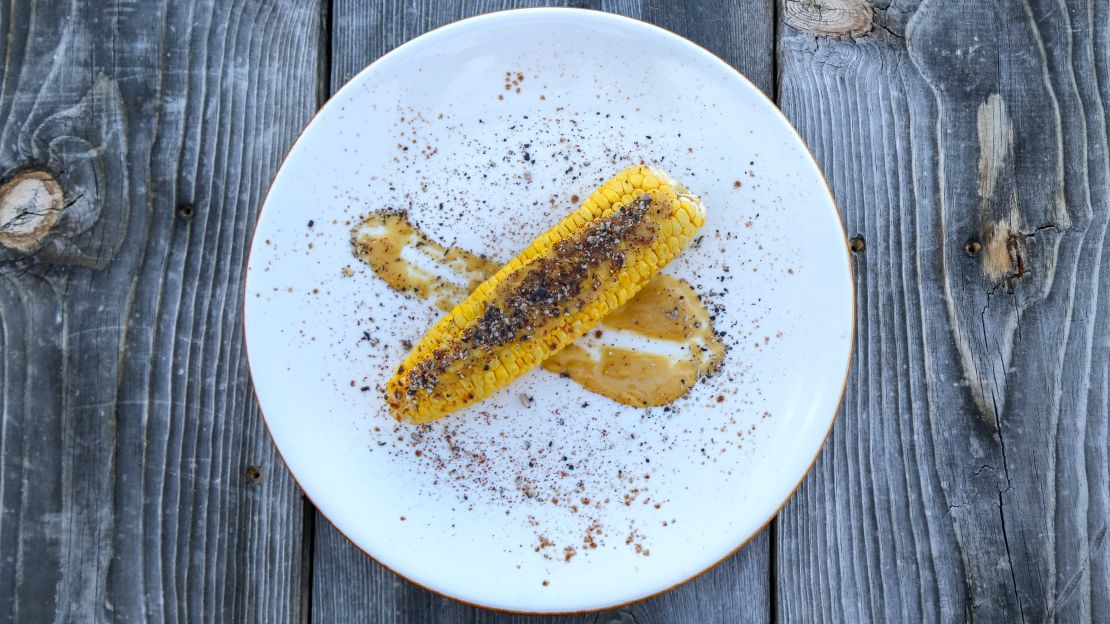
Frank, who is also a culinary anthropologist, authored the first Native American cookbook to turn the heads of James Beard Foundation award judges in 2003, winning the prize for best American cookbook.
Sean Sherman (Oglala Lakota tribe of the Great Sioux Nation), aka The Sioux Chef, brought Native American cuisine further into the mainstream when he took home the James Beard award for best American cookbook in April 2018.
Sherman’s catering company hosts pop-up dinners in his Minneapolis, Minnesota, base and across the country. He also has plans to open a nonprofit restaurant and teaching kitchen later this year in Minneapolis.
“I don’t think people thought that much about Native American cuisine for a long time because of systematic oppression. Out of sight and out of mind,” he says. “People should really realize how strong indigenous cultures are and how diverse they are.
“I hope we change the perception of North American food so it’s not just a mimic of European-ancestry food. It should have a strong taste of the indigenous people on this continent.” Sherman aims to bring back Native American ingredients, cooking techniques and dishes to redefine those perceptions.
It’s not a trend
Just don’t call it a trend.
“This is not a trend,” says Ben Jacobs of Denver-based Tocabe.
“It’s not like avocado toast, where a month later we’re going to be on to something new. It’s a genre of food. It’s a cultural cuisine.”
These cultures include everyone from the Diné (the term members of the Navajo Nation prefer to describe themselves) of Utah, Arizona and New Mexico, to the Penobscot of Maine. New Native American cuisine restaurants are as varied as the tribes that inspire them.
Some adhere to precontact dishes, such as bison cooked with juniper, while those like Off the Rez Food Truck, owned by Mark McConnell (who shares Blackfeet heritage) in Seattle take creative liberties. Off the Rez uses fry bread as the foundation for everything from Philly cheesesteak to banana cream pie fillings.
If you’d like to enjoy some of this food for yourself, here are six of the best Native American restaurants in the country:
Mitsitam Native Foods Café, Washington D.C.
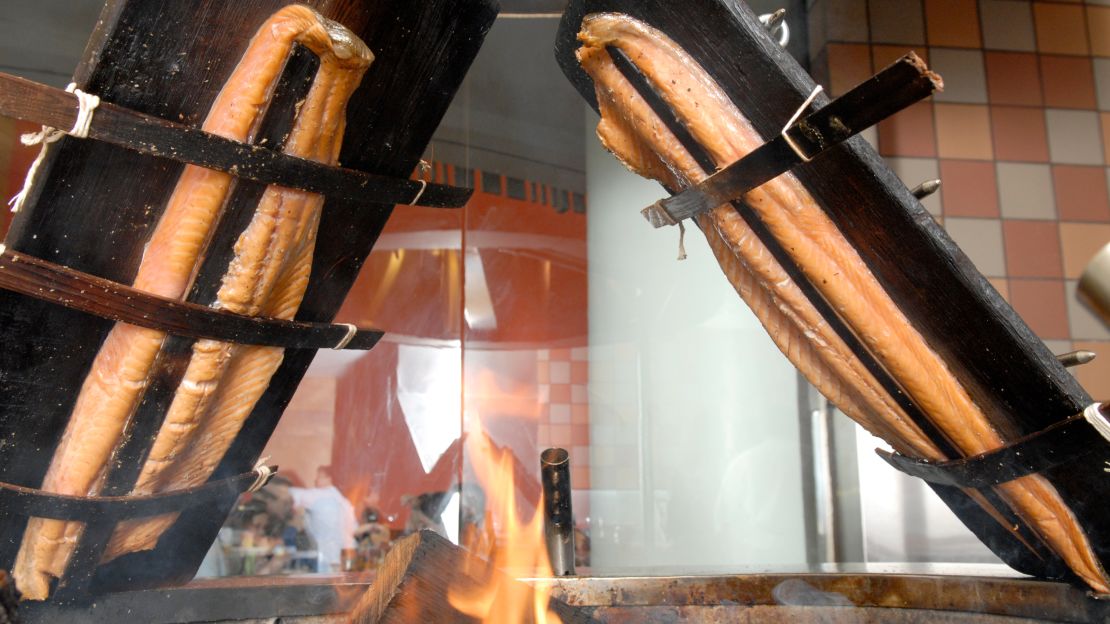
Chef Freddie Bitsoie (Diné) made headlines in 2016 when he became the first Native American chef of Mitsitam Native Foods Café, the restaurant at the Smithsonian’s National Museum of the American Indian.
Hailing from the various towns across Utah, Arizona and New Mexico, both on and off the Navajo Reservation, he studied cultural anthropology before becoming a chef and taking over as executive chef at Mitsitam Café.
The restaurant keeps to its museum roots taking a buffet-style look at indigenous foods across the Americas.
Visitors tour the continents with dishes from the Great Plains, Mesoamerica, Northern Woodlands, Northwest Coast and South America.
Plank salmon stars at the Northwest Coast counter. North Atlantic clam soup, with clams, sunchoke and sea water, is a staple at the Northern Woodlands stop (which stretches from east of the Mississippi and north of the mid-Atlantic to around the Great Lakes). Corn tops the menu at the South America stand, especially in its homemade tortillas.
Although some chefs avoid fry bread because it’s a colonial food, Bitsoie recognizes its place in Native American culture.
“Fry bread is like grandma’s lasagna. Everyone thinks their grandmother makes it better than anyone else. That’s a dish I can’t win on,” he says.
Mitsitam Native Foods Café at the National Museum of the American Indian, Independence Avenue SW & Fourth Street SW, Washington, D.C. 20024; +1 (202) 633-6644
Tocabe, Denver, Colorado
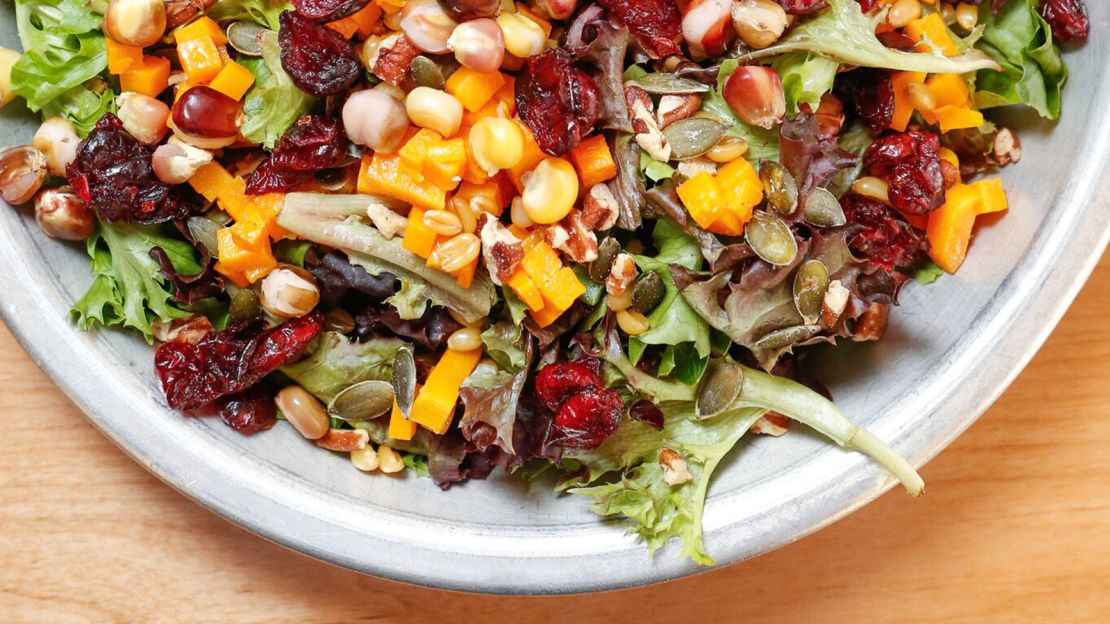
With its food-court-style counter, Tocabe aims to bring Native American food off the reservations to the public. Tocabe co-owner Ben Jacobs (Osage Nation) followed his family into the restaurant business and calls upon his heritage with his tribe’s take on corn chowder, meat pies and his mother’s fry bread.
But Tocabe doesn’t only serve food from his Osage heritage. His broad take on Native American cuisine means gathering ingredients from Native American purveyors and incorporating other tribes’ recipes.
Wild rice from Red Lake Nation Foods forms the base layer of posu bowls, which can be topped with slow-braised shredded bison or Osage hominy and finished with maple or elderberry vinaigrettes.
Jacobs also incorporates dishes he gathered while visiting other tribes into the fast-casual eatery’s menu. Take kanuchi, a traditional Cherokee dish where pounded hickory nuts are formed into a ball. He learned the recipe from a tribal member before her death, ensuring the recipe was preserved.
Tocabe North Denver, 3536 W. 44th Ave., Denver, Colorado 80211; +1 (720) 524-8282
Tocabe Greenwood, 8181 E. Arapahoe Rd., Unit C, Greenwood Village, Colorado; +1 (720) 485-6738
Black Sheep Café, Provo, Utah

Chef Mark Mason (who shares Diné and Hidatsa heritage) worked in French, Italian and progressive American restaurant kitchens before returning to his heritage with Black Sheep Café in 2011.
He creates contemporary dishes inspired by his Native American heritage. The hog jowl tacos reflect his Diné background – it uses blue corn tortillas – and his love of barbecue. The mouthwatering braised meat is topped with a maple bay leaf sauce that blends both points of inspiration.
“We’re a mix up of human beings. I adore my heritage and culture, but we’re in a city environment,” he says. “Our evolution is how can we elevate the foods that are still available in the reservation in our own philosophy.”
Black Sheep Café, 19 N. University Ave., Provo, Utah, 84601; +1 (801) 607-2485
Pueblo Harvest Café, Albuquerque, New Mexico
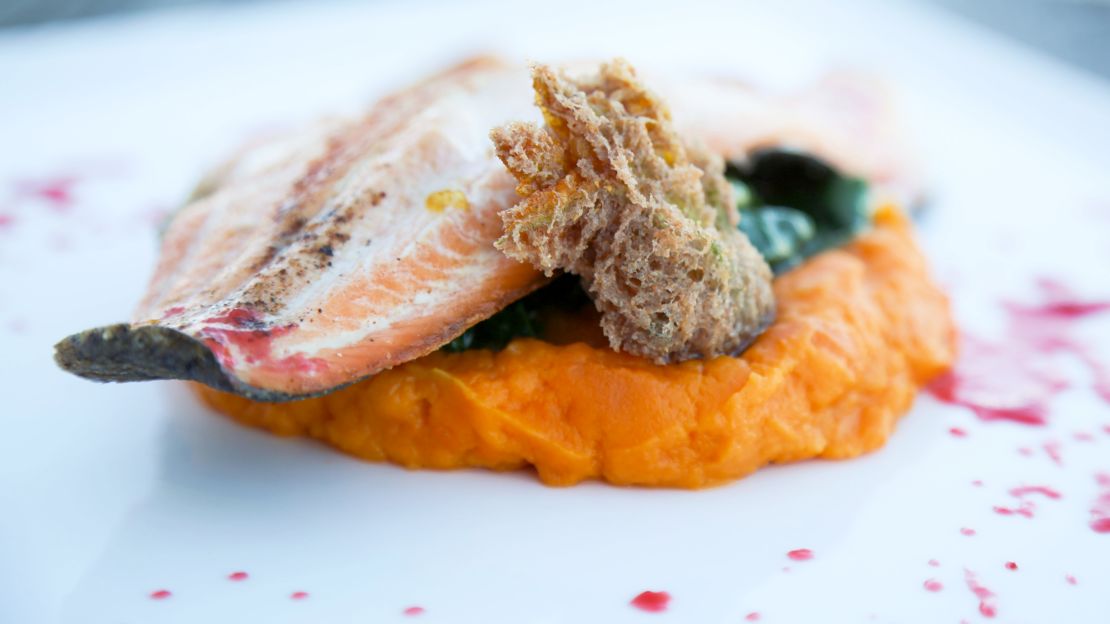
This unassuming, diner-style restaurant surprises guests with refined meals. The dishes of New Mexico’s 19 pueblos, which collectively own the Indian Pueblo Cultural Center where this restaurant is housed, inspire Chef Brent Moore’s creations.
The café increasingly spotlights dishes Native Americans ate before European contact. That means wild game, such as elk, quail and turkey, and foraged items, such as pine nuts and wild spinach, all figure prominently on the menu.
Take the braised bison short ribs with juniper, sage and cedar-infused broth, served with yucca and acorn squash.
“We only have to adjust these dishes a little bit to the modern palate. We’re trying to introduce the modern palate to a not-so-modern flavor base so people realize these flavors are good and shouldn’t be lost,” Moore says.
Indian Pueblo Cultural Center, 2401 12th St. NW, Albuquerque, New Mexico, 87104; +1 (505) 843-7270
Kai, Phoenix, Arizona
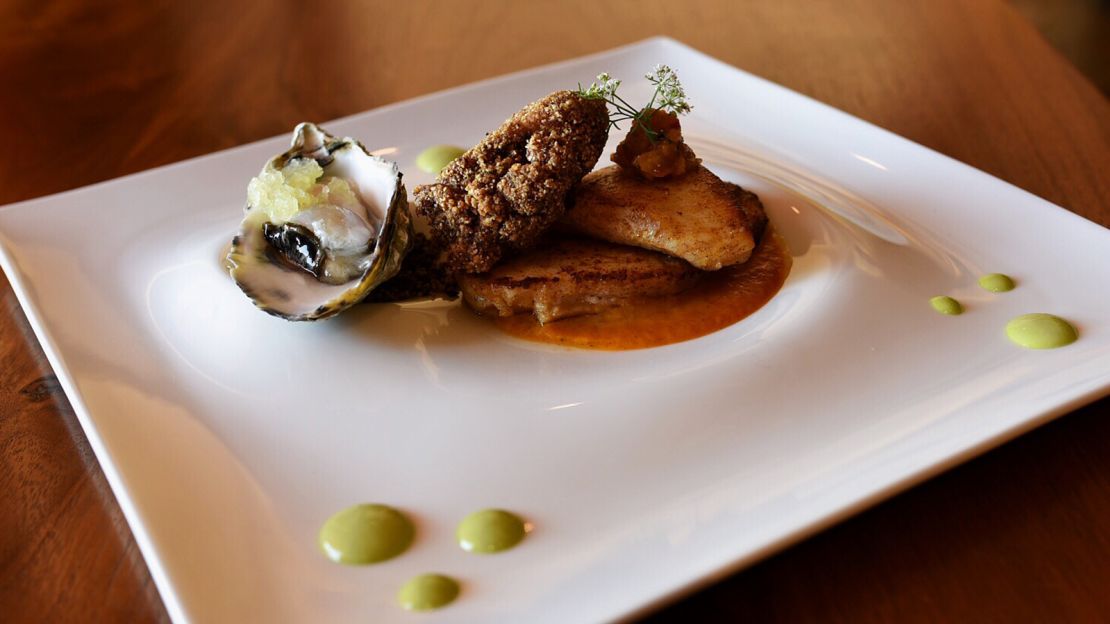
Chef de Cuisine Ryan Swanson adapts Pima and Maricopa tribal foods to modern taste buds with great sophistication at this Native American-owned restaurant. Black tepary beans from Ramona Farms, a grower that specializes in bringing back heritage crops, shine in their simplicity in an appetizer served alongside a vegetable array and topped with chile froth.
Industrious local tribes weren’t picky eaters, but they were prickly eaters, harvesting native cactus (sans spines) for generations.
Swanson transforms those desert ingredients in a stunning dessert featuring a prickly pear cactus parfait, nopales (an Opuntia cacti pad) consommé, pickled cholla buds and barrel cactus fruit, all drizzled with saguaro cactus syrup.
Sheraton Grand at Wild Horse Pass, 5594 W. Wild Horse Pass Blvd., Phoenix, Arizona, 85226; +1 (602) 225-0100
Level 5, Albuquerque, New Mexico
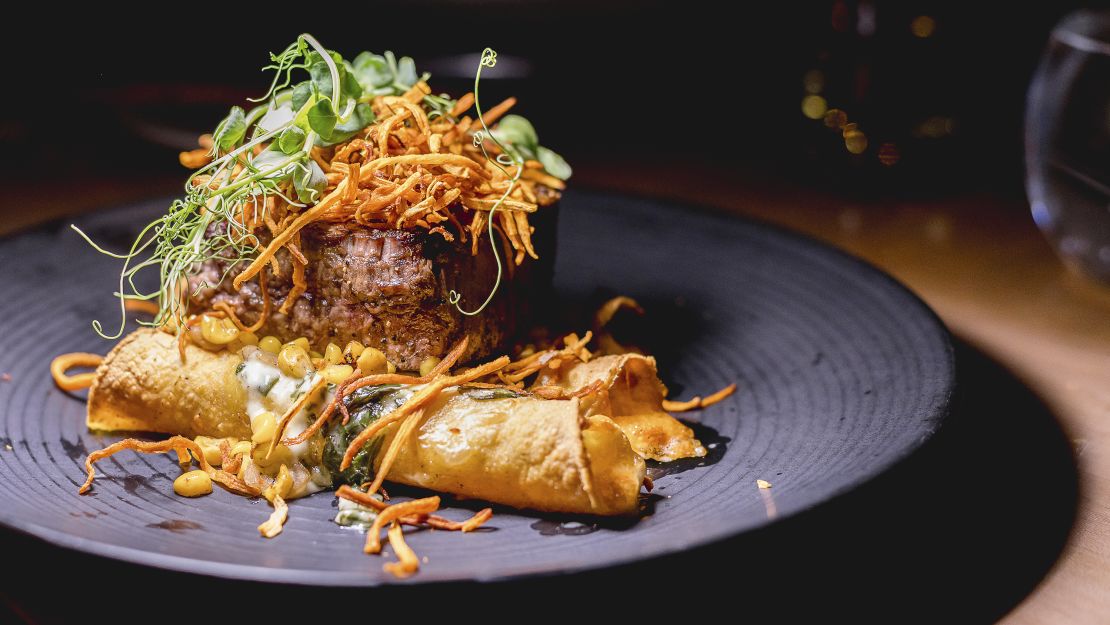
Housed in a hotel inspired by the Pueblo great houses of northwest New Mexico’s Chaco Canyon, Level 5 serves a microregional menu. Mark Miller, who’s often called the founder of modern Southwestern cuisine, set the restaurant’s direction. It continues to give local dishes new twists.
“We want to stay true to the ingredients of the region and put a modern, familiar spin on it,” says Level 5 chef Patrick Mohn. For example, the restaurant modifies familiar steak strips by using buffalo chuck for its tenders, frying in blue-corn meal and serving with vegetable-ash aioli.
He weaves Spanish and Mexican touches into the rooftop restaurant’s menu as well, a fitting addition to reflect Southwestern US history. For example, albondigas (Mexican meatballs) are served with rabbit rather than pork for a Spanish/Mexican/Native American fusion – a reflection of Native American cuisine’s ongoing evolution.
Hotel Chaco, 2000 Bellamah Ave. NW, Albuquerque, New Mexico 87104; + 1 (505) 246-9989
Ashley M. Biggers is a New Mexico-based travel writer specializing in adventure, food and culture. She writes for titles including USA Today and Fodor’s.







